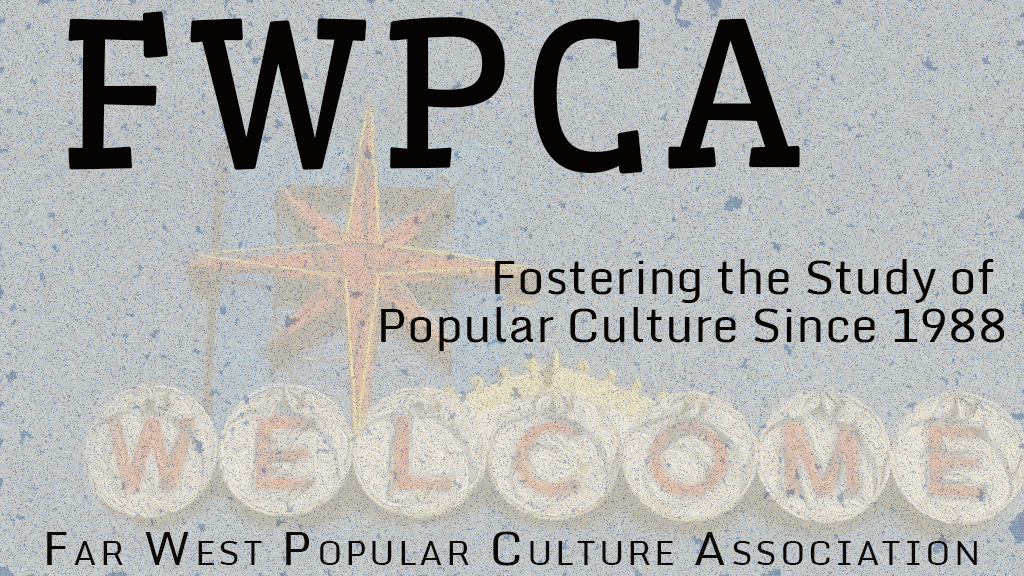Presentation Title
"To Live Deliciously": The Imaginary Father in Robert Eggers' The Witch
Presentation Type
Paper
Abstract
In this essay I re-examine the archetype of the witch, long viewed in scholarship as the antagonist of the Symbolic Order and phallocentric structures of oppression, through an analysis of Robert Eggers’ supernatural horror film, The Witch (2015). Bringing together Julia Kristeva’s work on primary narcissism and identification and Justyna Sempruch’s analysis of the witch as a trace of archaic, semiotic origins, I argue that the witch can be viewed as a representation of the Imaginary Father, the site of maternal desire that assists the child in its transition from the maternal body to the Symbolic. Specifically, this essay analyzes the film for the way in which it positions the witch, not merely as an antagonist, but as a comforting figure that manifests in an intrasymbolic space as an ideal Third Party comprised of the maternal desire for the Phallus and the daughter’s need for maternal Love that will usher the subject into the narcissistic void necessary for abjection. Through Eggers’ exploitation of maternal imagery, specifically emphasizing womb-like imagery and depictions of the Freudian primal scene, the witch comes to serve, in Sempruch’s view, a type of umbilical cord that I argue leads the subject to a primary identification, not merely with the Phallus, but the maternal desire for the Phallus, that effectively pluralizes subjectivity.
"To Live Deliciously": The Imaginary Father in Robert Eggers' The Witch
In this essay I re-examine the archetype of the witch, long viewed in scholarship as the antagonist of the Symbolic Order and phallocentric structures of oppression, through an analysis of Robert Eggers’ supernatural horror film, The Witch (2015). Bringing together Julia Kristeva’s work on primary narcissism and identification and Justyna Sempruch’s analysis of the witch as a trace of archaic, semiotic origins, I argue that the witch can be viewed as a representation of the Imaginary Father, the site of maternal desire that assists the child in its transition from the maternal body to the Symbolic. Specifically, this essay analyzes the film for the way in which it positions the witch, not merely as an antagonist, but as a comforting figure that manifests in an intrasymbolic space as an ideal Third Party comprised of the maternal desire for the Phallus and the daughter’s need for maternal Love that will usher the subject into the narcissistic void necessary for abjection. Through Eggers’ exploitation of maternal imagery, specifically emphasizing womb-like imagery and depictions of the Freudian primal scene, the witch comes to serve, in Sempruch’s view, a type of umbilical cord that I argue leads the subject to a primary identification, not merely with the Phallus, but the maternal desire for the Phallus, that effectively pluralizes subjectivity.

